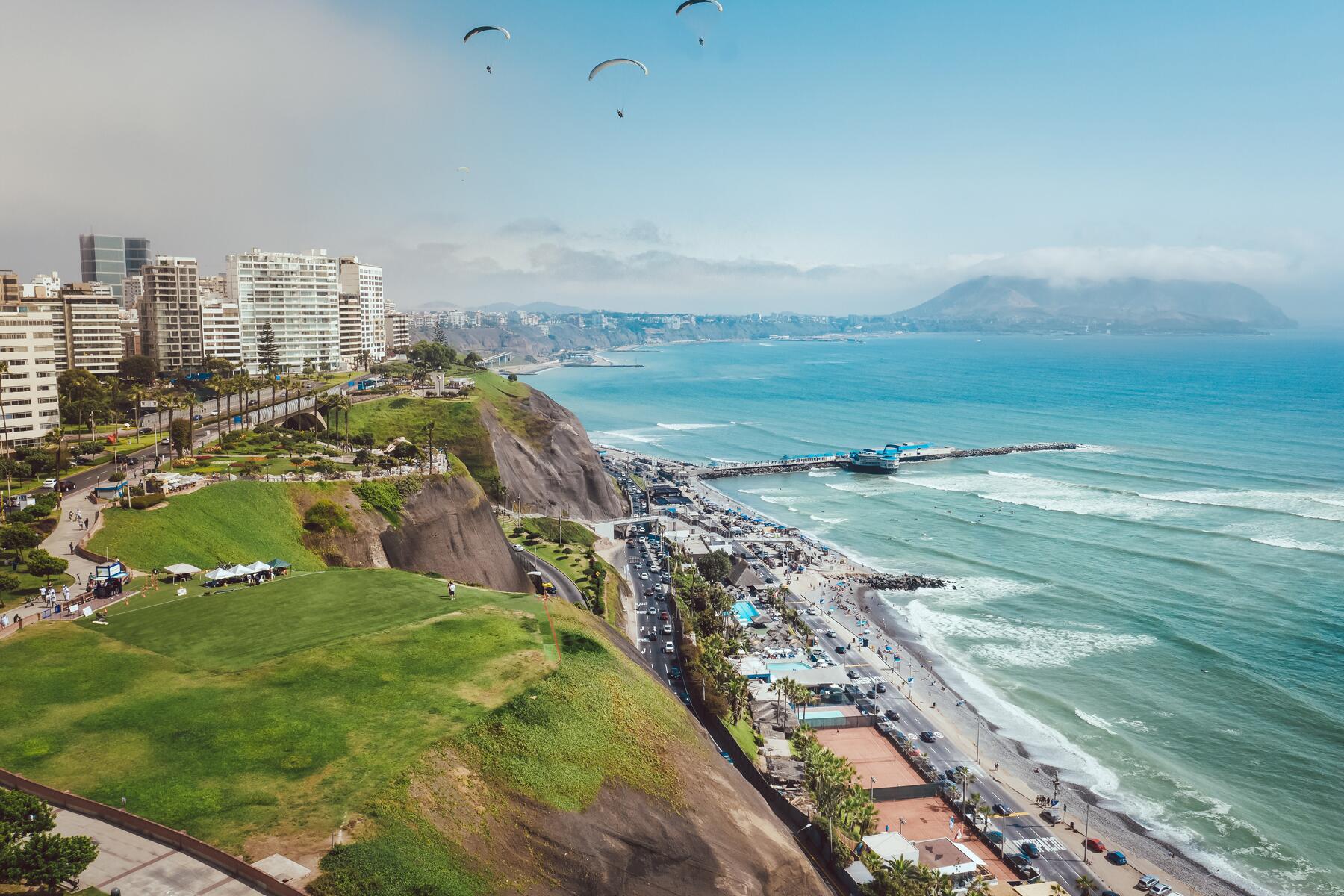The Peruvian government last week declared a state of emergency in three districts due to an increase in crime.
The districts of San Juan de Lurigancho and San Martin de Porras, both in Lima, and the northern district of Talara near the country’s border with Ecuador have been included in the state of emergency. Two other regions are already in place in La Libertad and Apurimac-Cusco-Arequipa.
The state of emergency designation allows the military to assist local law enforcement in the suppression of crime, and some constitutional rights are suspended, including the right to liberty, the right to inviolability of the home, freedom of assembly, and freedom of movement.
The districts’ mayors reportedly requested the emergency designation due to significant challenges in maintaining citizen security, and in the wake of a hand grenade attack at San Juan de Lurigancho earlier this month which left 15 injured. Some right-wing lawmakers in Peru called the emergency measures insufficient, instead favoring the government hand complete law enforcement powers over to the military, similar to actions taken in El Salvador earlier this year.
The U.S. State Department currently rates Peru as Level 2: Exercise Increased Caution, due to crime, civil unrest, and the possibility of kidnapping.
Recommended Fodor’s Video
Britain’s Foreign Office further notes that protests in Peru can frequently upend both intracity and intercity transport, close airports, railway lines, bus stations, and the PanAmerican Highway. Visitors are advised to stay clear of protests and other conflicts, lest they be accused of participating in them. Peruvian law prohibits foreign nationals from participating in the country’s political process, including participating in political protests.
Travelers are also advised to follow any instructions given by the military or local law enforcement should they visit an area where the government has declared a state of emergency. The U.K.’s Foreign Office further notes that crime, including mugging, pickpocketing, purse-snatching, and kidnappings are common.
A common form of kidnapping in the country is the “express kidnapping,” where victims are abducted for a few hours then taken to an ATM and forced to withdraw money to pay their own ransoms. Stolen cell phones are also used to call family members of victims to extort ransoms, even though it may only be the phone that is stolen from the victim, who remains free.
Both the U.S. State Department and the U.K. Foreign Office advise visitors to Peru not to wear any flashy jewelry, to keep valuables out of site when riding in taxis, and to keep doors locked, as some perpetrators have used tools to shatter cab windows and grab anything of value within reach. Other armed robberies have been reported to local embassies, which remind travelers not to resist when being robbed.
State of emergencies have previously been issued in the Ayacucho, Huancavelica, Madre de Dios, and Cusco Regions, although notably the city of Cusco, Machu Picchu, and Manu Park were not included in the states of emergency.
The Foreign Office also notes that areas of greater security concern, or where local authorities currently have limited presence is also an indicator that consular services may be limited or unavailable to British citizens in those regions. Consular support may be particularly limited in times of emergency such as natural disasters, when the support available from local authorities also ebbs. U.S. citizens in the region can also expect limitations on consular services in these areas, which are dependent on the participation of local authorities.
Protests have rocked Peru since the ouster of former President Pedro Castillo in December. Human rights groups have accused security forces of excessive abuse and extrajudicial killings, while the country’s economic output has shrunk as tourism and other businesses were impacted by the halting of many of the country’s transport sectors due to the protests.
The protests mark the worst period of social unrest in Peru in over two decades.




